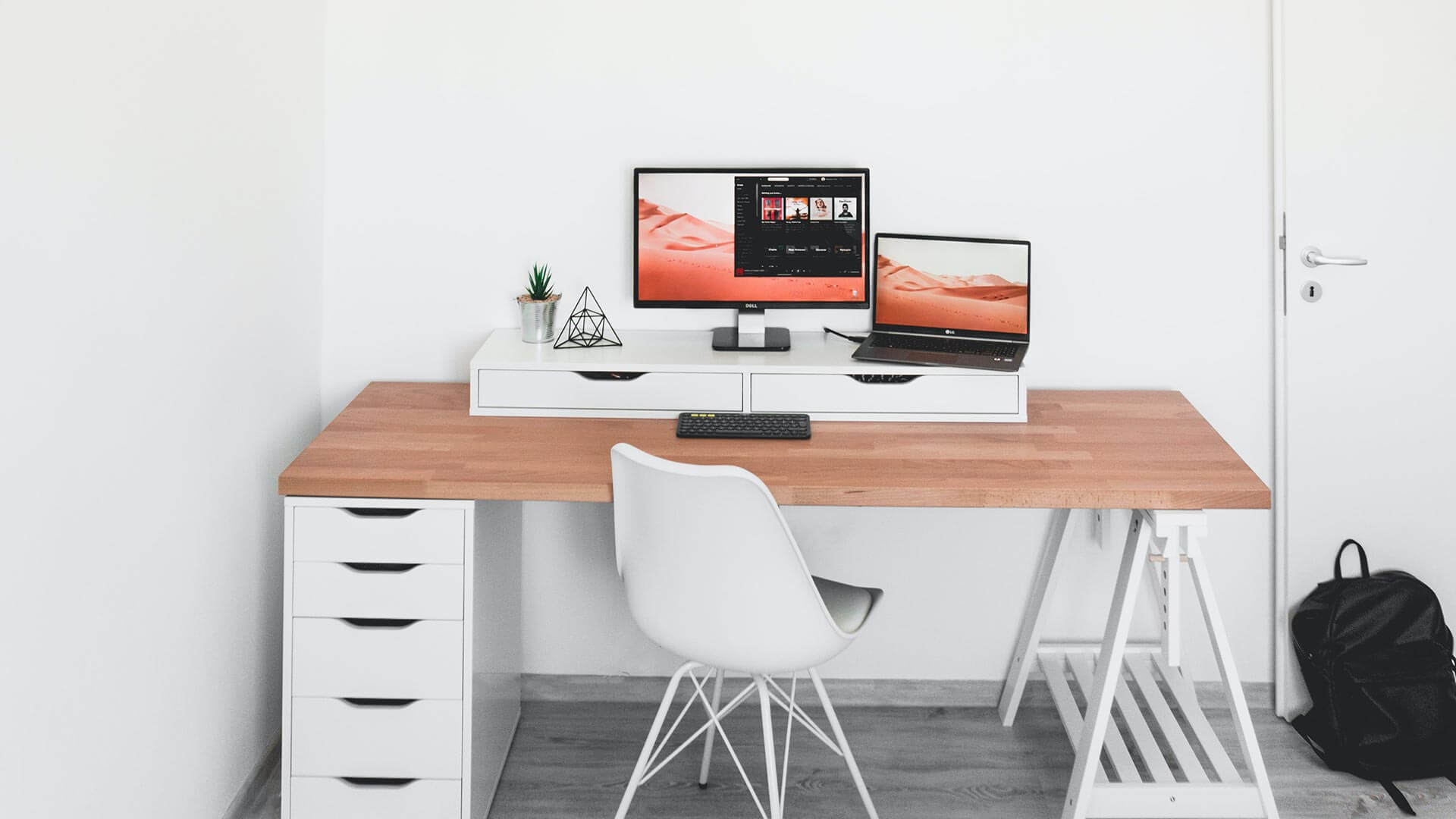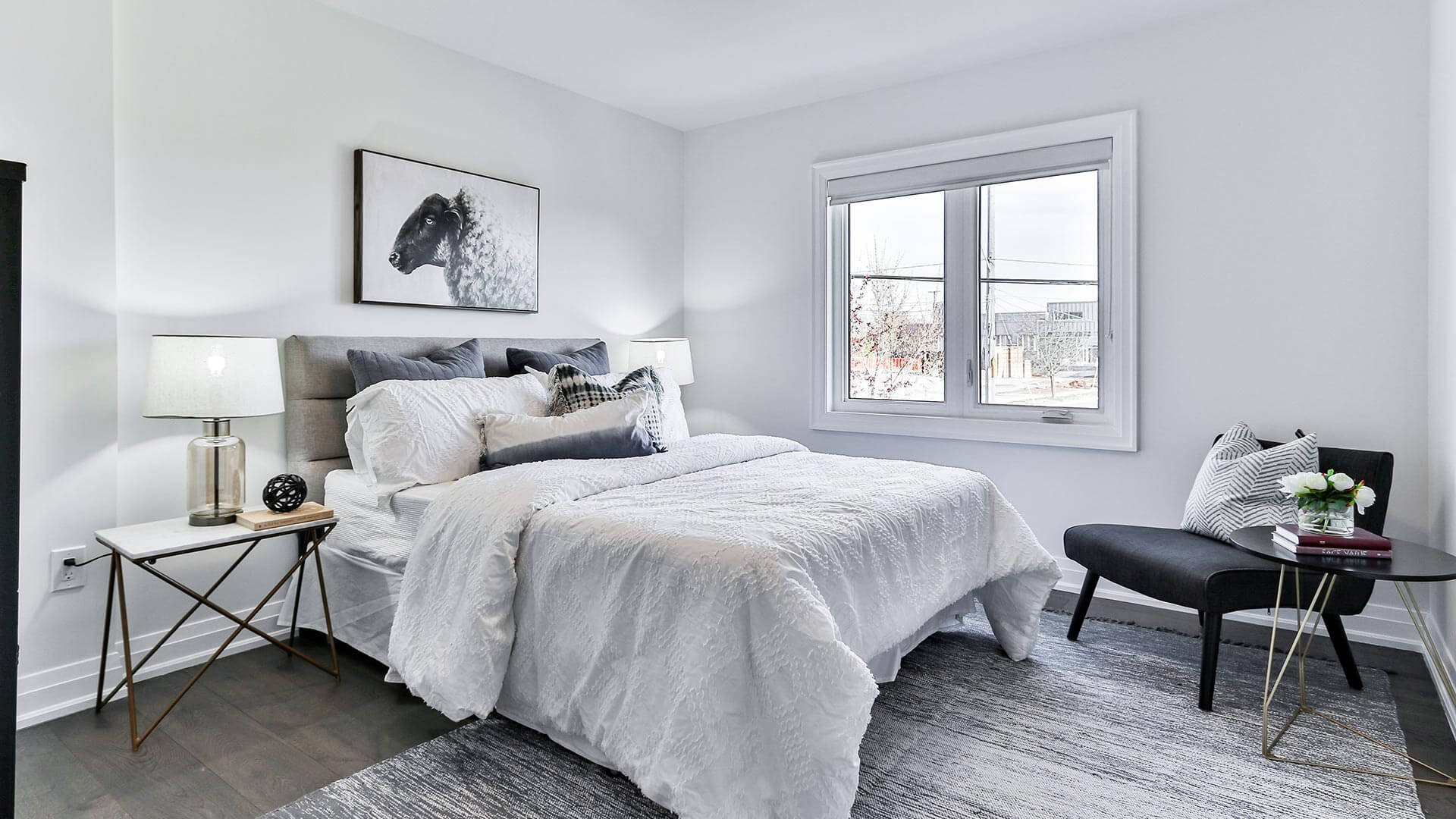As our lives become increasingly busy and fast-paced, it’s essential to have a workspace that’s clean, organized, and conducive to productivity. A minimalist workspace is an excellent way to achieve this. By removing unnecessary clutter and distractions, you can create a serene and focused environment that allows you to concentrate on your work. In this blog post, we’ll explore how to create a minimalist workspace that promotes efficiency and creativity.
“THERE ARE FEW STEP TO CREATING A MINIMAL WORKSPACE”
Start with the essentials
The first step in creating a minimalist workspace is to identify what you need. Start by considering the type of work you do and what tools you require to complete your tasks. For example, if you’re a writer, you’ll need a computer, a keyboard, and a comfortable chair. If you’re an artist, you’ll need a desk, an easel, and appropriate tools such as paints, brushes, and canvas. Once you’ve identified the essentials, focus on ensuring they are high quality, functional, and durable.
Reduce clutter
One of the core principles of a minimalist workspace is the elimination of clutter. Begin by removing everything from your workspace and only reintroduce what you need. Get rid of any unnecessary items, including old papers, pens that don’t work, and broken equipment. Consider what you can digitize and store on your computer, such as receipts or invoices, to further minimize paper clutter. Finally, create a system for organizing your remaining items so that you can quickly access them when needed.
Choose neutral colors
To create a peaceful and serene workspace, choose neutral colors for your walls, furniture, and decor. Shades such as white, beige, and light gray create a calming environment and help to reduce distractions. Use pops of color sparingly, such as with a plant or a piece of art, to add interest to your space without overwhelming it.
Invest in quality furniture
Investing in high-quality furniture is essential for a minimalist workspace. Not only will quality furniture last longer, but it will also provide better support and comfort, promoting productivity and creativity. Look for pieces that are simple, functional, and made from durable materials. Avoid purchasing unnecessary pieces that will clutter your space.
Optimize your lighting
Lighting is crucial for any workspace, and a minimalist workspace is no exception. Natural light is ideal, but if that’s not possible, choose soft, warm light that doesn’t cause eye strain. Avoid harsh overhead lighting and opt for desk lamps or floor lamps that provide targeted light to specific areas. Ensure that your workspace is well-lit but not too bright, as this can cause headaches and eye strain.
CONCLUSION
In conclusion, a minimalist workspace promotes efficiency, creativity, and a sense of calm. By focusing on the essentials, reducing clutter, choosing neutral colors, investing in quality furniture, and optimizing your lighting, you can create a workspace that supports your work and helps you to achieve your goals. Remember, less is more, and the key to a successful minimalist workspace is to keep it simple, functional, and clutter-free.







Leave a Reply